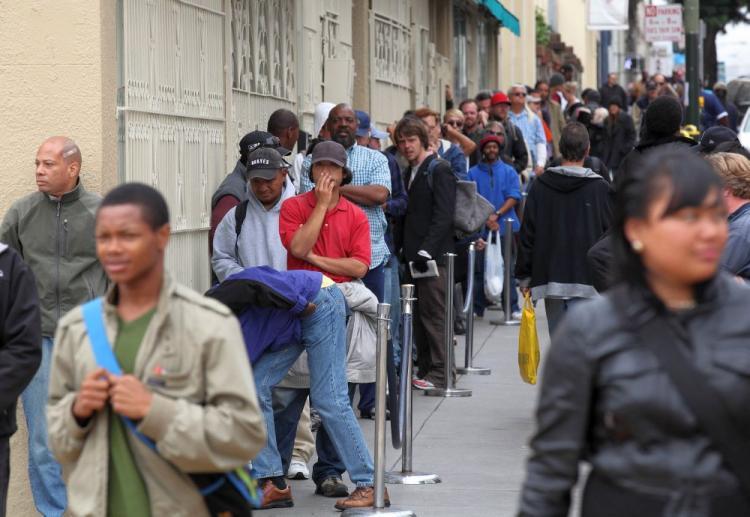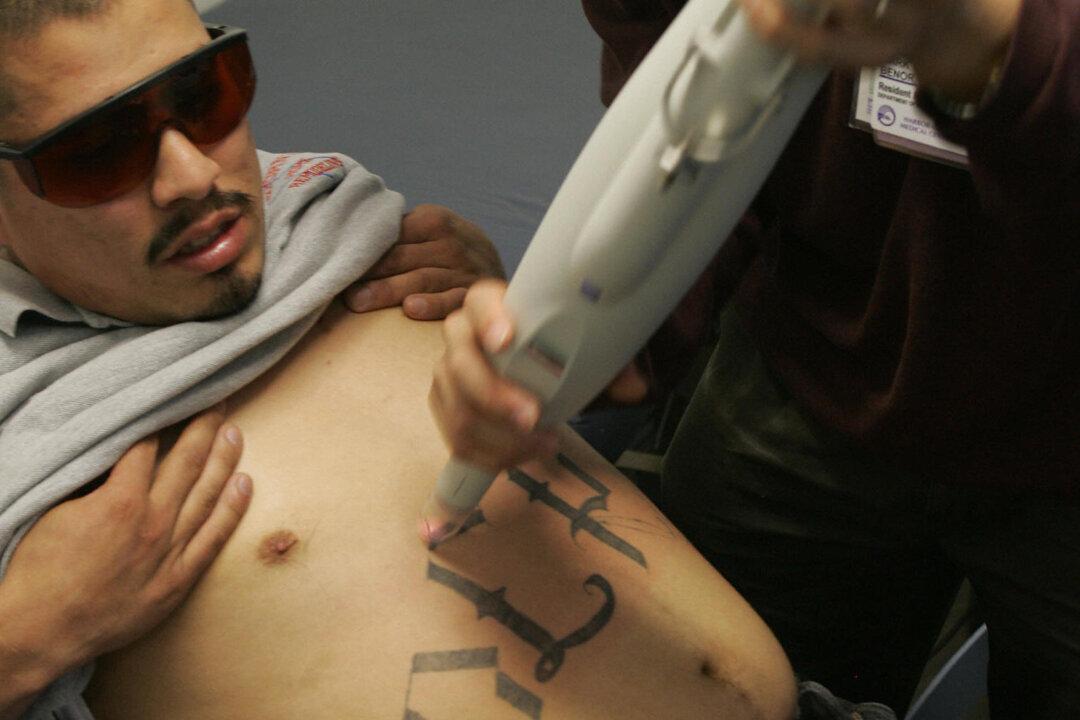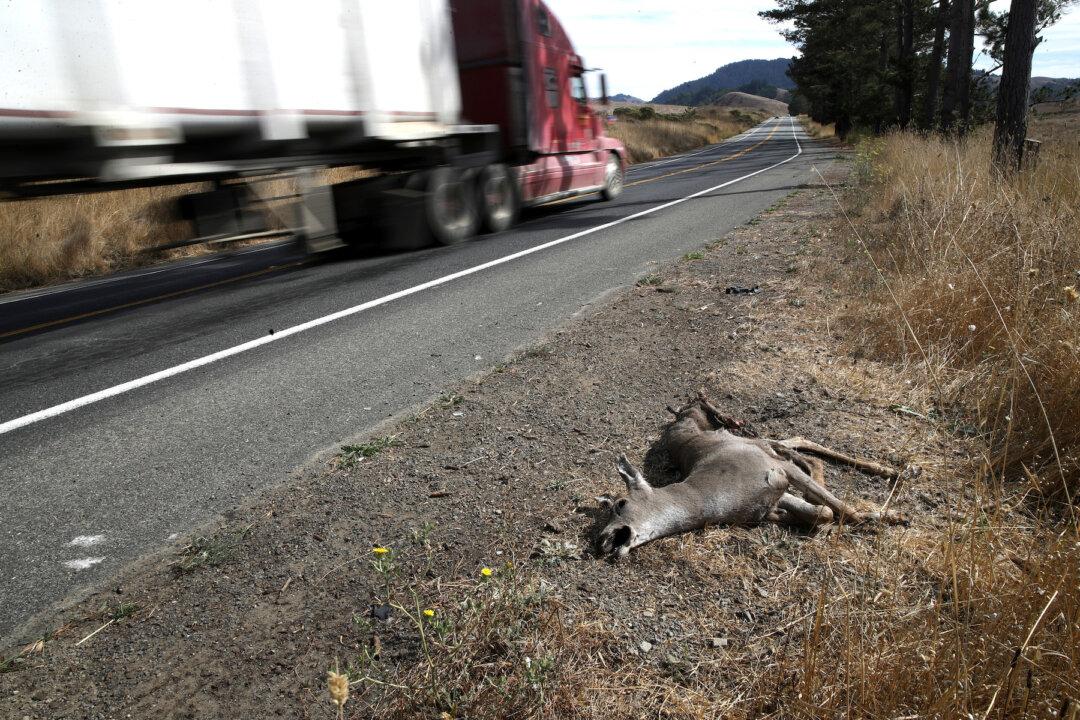California continues to lead the nation in poverty, according to a recent Census Bureau report.
The report (pdf), released in September 2019, measured states’ functional poverty rates, which takes into account the cost of living and other factors. California has the highest of any state, with about 18.2 percent of the population in poverty from 2016 to 2018.




